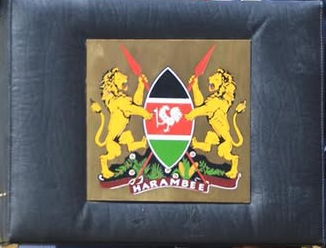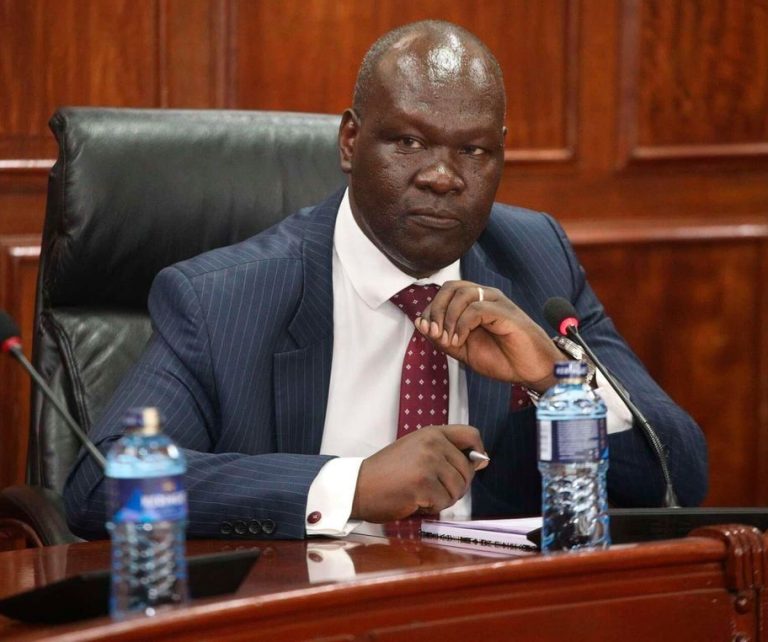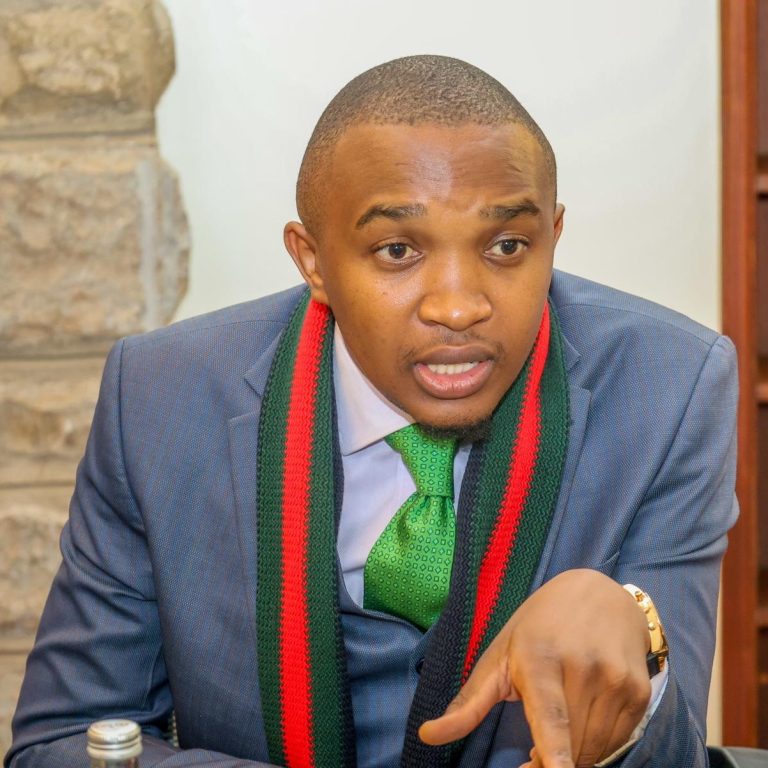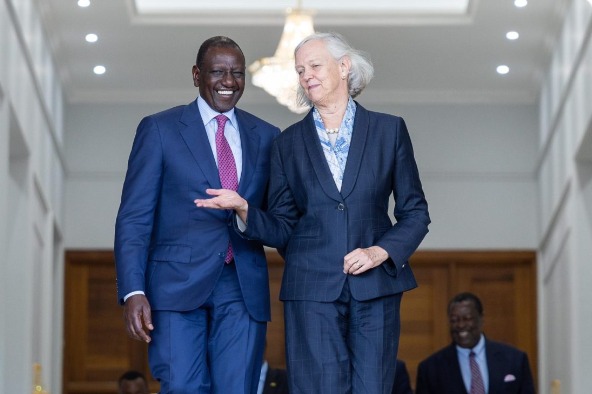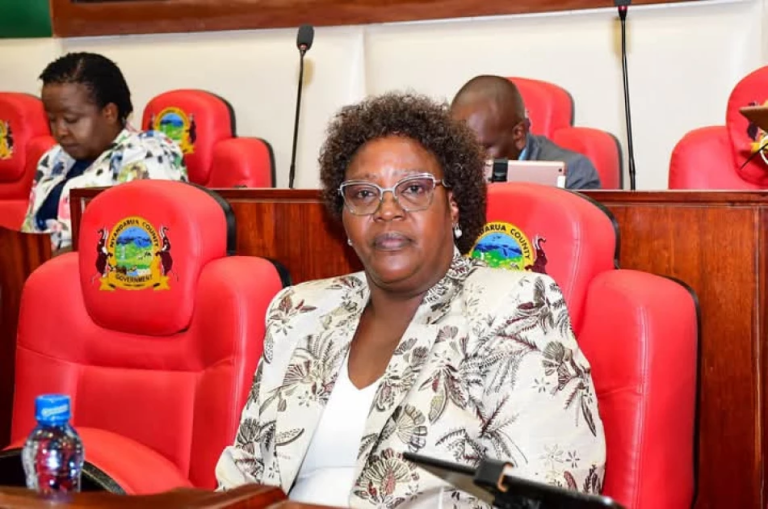Today, Treasury Cabinet Secretary John Mbadi is expected to officially present the national budget for the 2025/2026 financial year at Parliament Buildings in Nairobi.
This will be his first time delivering the national budget since becoming the second Finance Minister under President William Ruto’s Kenya Kwanza administration.

Read also Pregnant woman loses baby in cell after police arrest.
The government is planning to spend more than Ksh.4.2 trillion in the upcoming financial year. To fund this ambitious plan, the Treasury aims to raise money from several sources, including
- Taxes,
- Government service fees,
- Grants, and both local and foreign loans.
Key revenue measures.
As he addresses Parliament, Mbadi is expected to outline key revenue-raising measures. The government is targeting a total tax collection of Ksh.2.7 trillion.
The above would cover about 64 percent of the total budget. This is a major portion of the funds needed and highlights the heavy reliance on tax revenue.
In addition to taxes, the Treasury also plans to collect Ksh.560 billion through levies and fees charged for various government services.
This money, commonly referred to as Appropriations-in-Aid, will push the expected total revenue to Ksh.3.3 trillion.
Grants
Even with these efforts, the government still faces a budget gap of nearly Ksh.900 billion. To help close this gap, Kenya expects to receive grants worth Ksh.46.9 billion from development partners.
However, this still leaves a deficit of Ksh.876 billion, which the government plans to finance through borrowing.
Out of this amount, more than Ksh.592 billion will be borrowed locally from domestic markets, while the remaining Ksh.284 billion will be sourced from foreign lenders.
This year’s budget is expected to shape Kenya’s economic direction, especially as the country deals with rising public debt, pressure for service delivery, and the need to support growth in key sectors such as health, education, infrastructure, and agriculture.
All eyes will be on Mbadi as he delivers his first budget speech, outlining not just spending priorities but also how the government plans to balance its books in challenging economic times.
